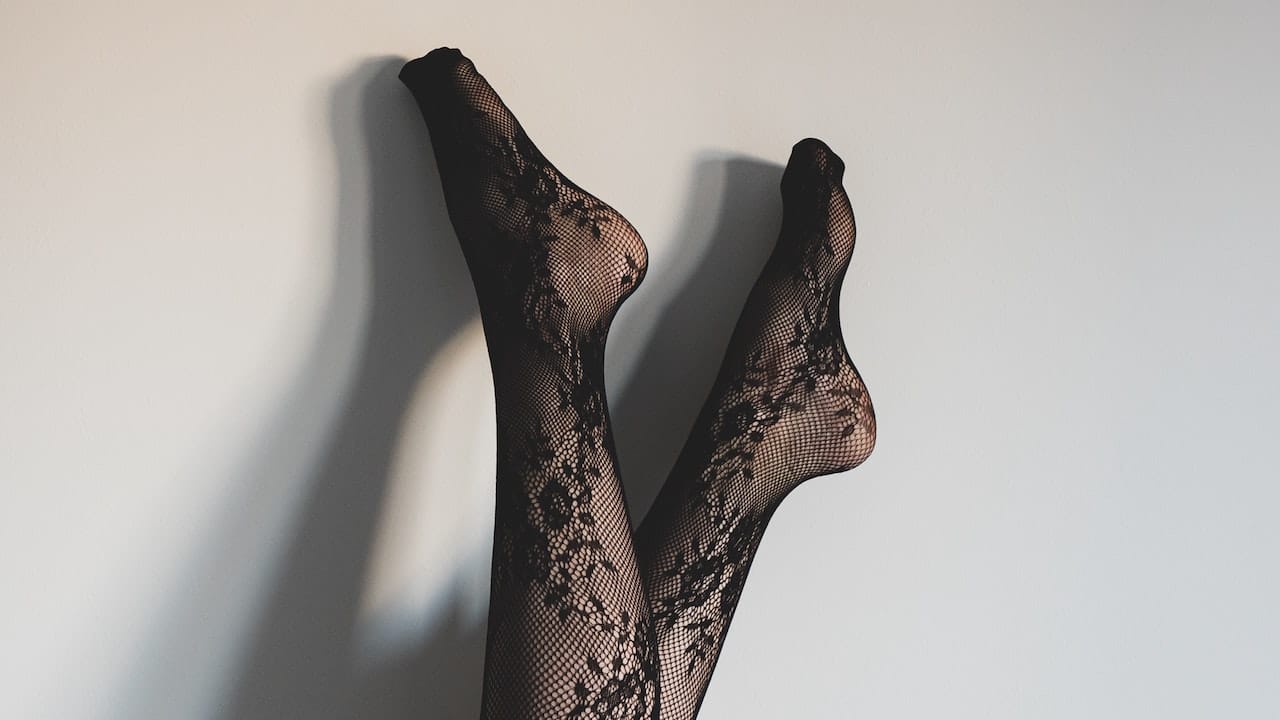Let’s face it: the sexting has become an important ingredient in all well-functioning one-on-one relationships. Whether it’s a couple’s life or a summer flirt, sending hot photos to your partner is now a more than widespread practice. Despite this, one of the most frequently asked questions we ask ourselves is: how to keep your shots safe from prying eyes? After all, the leaking nude photos from the celebrity iCloud a few years ago taught us to be cautious. That’s why today we want to explain how to keep your images safe on iOS and Android devices.
Hot photos: how to keep them safe on iOS and Android devices
iPhone e iOS
Yes to “wild” sexting, but in safety. And if you use an iPhone or any other iOS device you don’t have to worry too much about how to keep your risqué shots safe. “Apple has done a great job … creating a very safe consumer device,” he said Patrick Wardletech savvy -. [Se] you are a mid-level hacker, you will not have the possibility to hack iPhones “. That said, it is clear that the possibility of someone having access to intimate photos is always there. But through a few simple steps you can ensure that your image gallery is as safe as possible.
First of all, therefore, we suggest you install the latest iOS updates. As reported by Wardle, in fact, these “have many fixes and patches for security vulnerabilities”. Someone is likely to reverse engineer the updates to see what has been fixed, and use those vulnerabilities to target those who haven’t installed the update. The other problem, then, concerns the password security. In this case, to defend yourself from the incursions of digital “voyeurs” you would do well to enable two-factor authentication whenever possible, for example with iCloud Drive. And to set un passcode safe on the iPhone.
As for the Cloud, Wardle suggests keeping sensitive files – such as nude photos, for example – directly to iPhone or iPad. But this does not mean that the Cloud is not secure, but rather that having files stored in one place, rather than two, “reduces the attack surface“. Beyond the iOS devices, there are also the Photo archiving app. In general, the applications on the App Store tend to be safe because they are controlled by Apple, but we still suggest that you choose them with extreme care. And to verify that the App has the crittografia ent-to-end – iMessage and Snapchat are two safe options, rest assured! -.
What if you want to keep hot photos on a Mac? In that case, don’t worry, because you can encrypt files and folders protected with an additional password. “So even if your system has been hacked or someone you know has accessed your laptop… that specific folder with the most sensitive content and images can be protected with an extra layer of security,” says Wardle. In short, if you are an iOS user you can rest assured. Your hot photos will be safe from prying eyes, and you can take them whenever you want.
Android e PC
If iOS devices are to be considered almost totally safe, the same can be said of Android smartphones and PCs. Provided that users follow a few small rules. First of all, it is important encrypt the device. “A four-digit passcode is not enough to keep really curious people away from the device,” he said Neil Kittleson, security expert -. Use a secure passcode or biometric data to protect your device “. And indeed, when you are not using your smartphone or tablet, avoid keeping it unlocked. But rather set the sleep mode, the screen lock and the power button on automatic lock. “This is your only protection if someone tries to take your unlocked phone from your hand,” said Kittleson.

To make sure that the photos you have exchanged with your partner do not end up in dangerous hands, install the “Find my device” app. In fact, this will help you not only to find your smartphone or tablet, but will also allow you to clean it remotely – as long as it is connected to the Internet -. Furthermore, in addition to encrypting the device Kittleson suggests to also encrypt photos hot. “When you want to encrypt photos on your device, look for applications that use AES256 encryption”. In any case, the expert suggested different solutions to protect the images, depending on the device used. Here’s what it is.
- PC: There are some good options for encrypting files on Windows 10. If you use the Pro, Enterprise or Education versions, you have both full disk encryption and file encryption right on your desktop. Just right click on the file, select properties. Then in the general tab select the advanced attributes screen and check the box to encrypt the contents. It works for files or entire folders. If you are using Win10 Home Edition, you can upgrade to Pro for $ 99. It might be worth it to protect your most sensitive files.
- There are also free options. 7zip is free and open source folder and file encryption software widely distributed around the world. It uses AES 256 by default and if you encrypt the entire folder where the files are stored, not even the file names are visible without the password.
- Android: On Android devices, in addition to using the default encryption, there are Photo Vault apps that allow you to hide sensitive files and add an extra layer of encryption to them. When you select one, look for a reputable developer who uses AES256 to encrypt files. As always, use a strong password that you haven’t used anywhere else.
Beyond this, Kittleson suggests that avoid storing photos on the Cloud. And also recommends remove EXIF data from hot photos. “Every photo you take has tags that describe where you were, what kind of camera use you did, what time the photo was taken… That’s how social media knows how to tag our location.” Removing this data, therefore, can be critical to your safety. How? From a PC, right-click on the file, select the details and at the bottom of the tab, tap the option “Remove ownership and personal information“. On mobile devices, however, you will need to install a third-party app to do this. Or you can turn off “Store location data” for all photos. In short, there are many solutions available. The problem remains only one: revenge porn.















Leave a Reply
View Comments